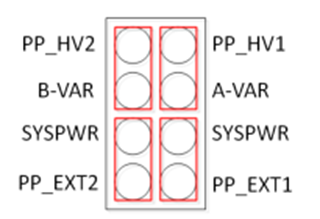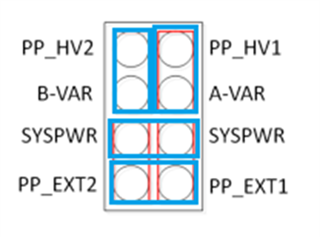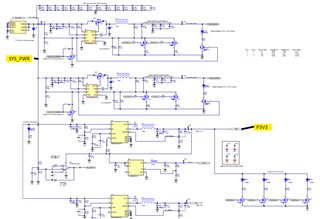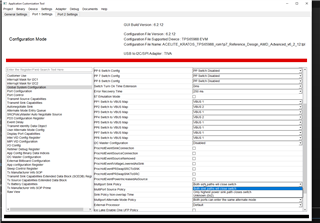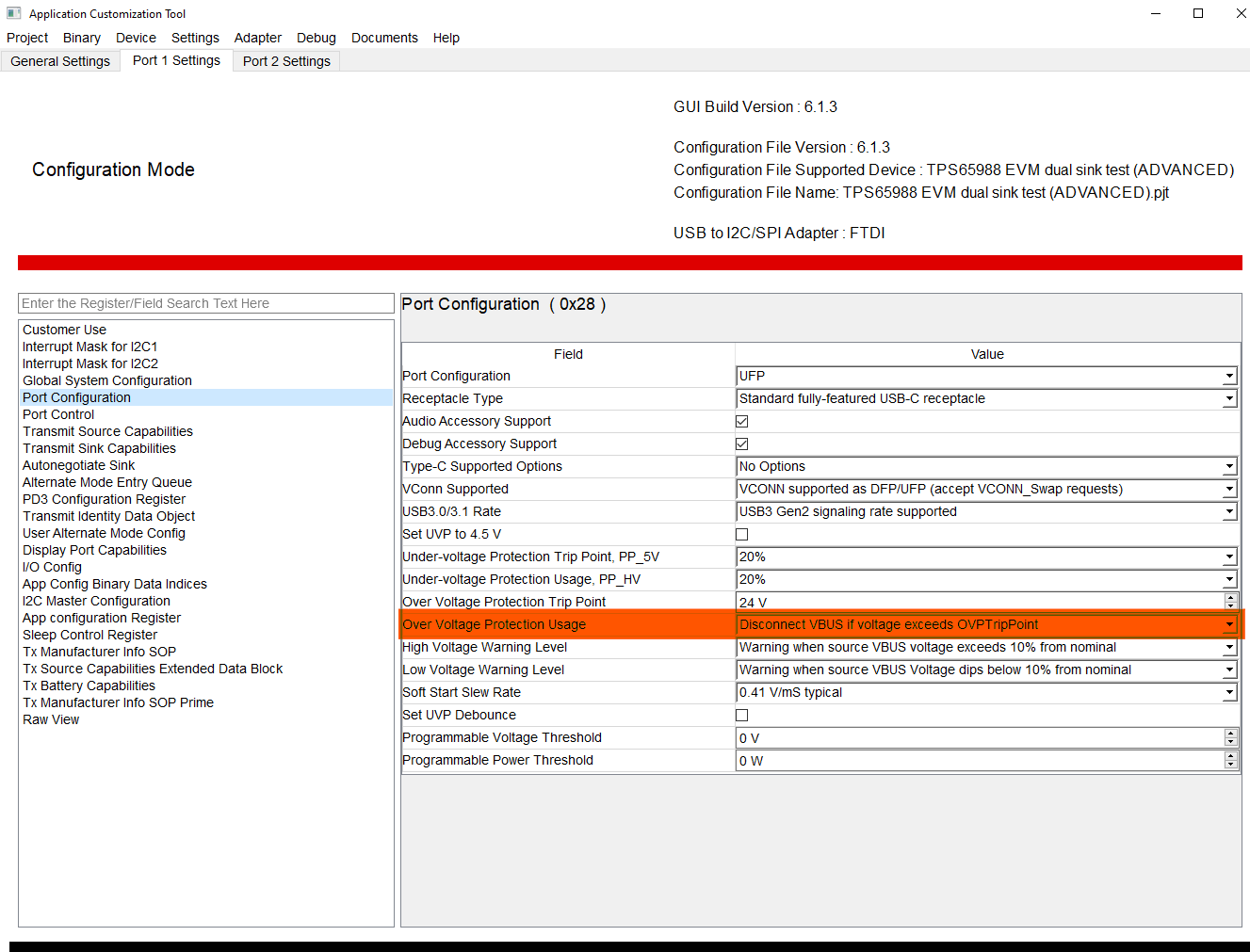Part Number: TPS65988EVM
Hi guys,
Quite new to PD, looking for some help to setup the TPS65988EVM for my application.
As shown in the attached diagram, I'm looking to use the 988EVM to power an electronic load dynamically from either type-C port.
Use cases:
1. A single PD compatible battery is plugged into type-C port A and negotiates a 9V 2A sink contract, the EVM is powered from this battery and can then source power from either the DC Barrel jack or one of the test points, to the external electronic load.
2. A single PD compatible battery is plugged into type-C port B and negotiates a variable sink contract 9V->20V, the EVM is powered from this battery and can then source power from either the DC Barrel jack or one of the test points, to the external electronic load.
3a. With a single PD compatible battery is plugged into the EVM (either in port A or port B), a second battery is plugged into the spare type-C port, the EVM will prefer to negotiate a variable sink contract 9V->20V with port B. The EVM is battery powered and can then source power from either the DC Barrel jack or one of the test points, to the external electronic load.
3b. Two PD compatible batteries are plugged into the EVM (one battery to port A, one battery to port B). The EVM prefers to negotiate a variable sink contract 9V->20V with port B, but if the battery plugged into port B dies or is disconnected, the EVM will switch to the connected port A battery.
In both cases, the EVM is battery powered and can then source power from either the DC Barrel jack or one of the test points, to the external electronic load.
How would I go about configuring the device to achieve this?


